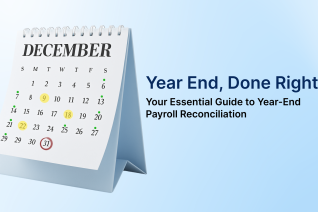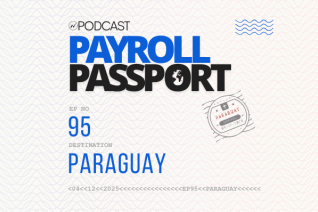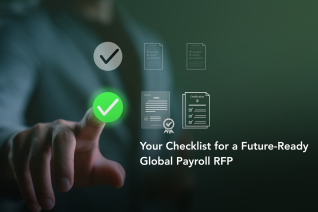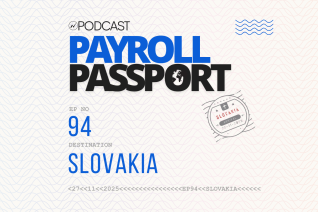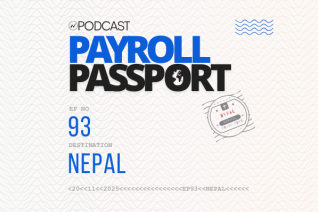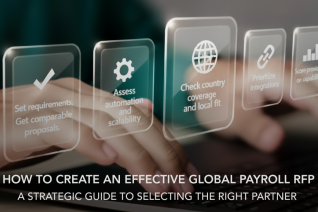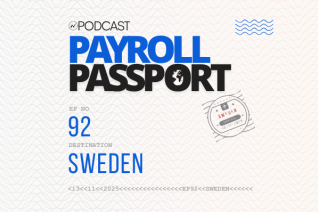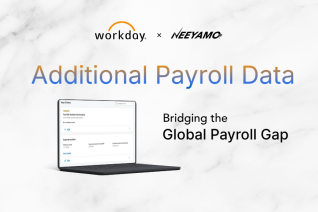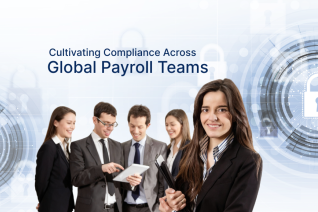HR – The Frontline of the Corporate World

The year 2020. The world shut down. Organizations were forced to close their doors. Employees lost their jobs. People lost their lives. Many gave up – except for a handful who were charged with combating this invisible enemy.
Amidst all the chaos, like a silver lining, a small fraction of the 7.9 billion still kept the battle going; still kept rooting for the world to test negative. Yes, I’m referring to frontline workers worldwide, who selflessly risked their physical and mental well-being to protect millions of lives. In a business environment, most organizations have a 1:200 HR to employee ratio. Drawing a parallel to frontline workers, the HR personnel of organizations worldwide played a pivotal role in upholding employee operations across borders.
From handling grievances of existing employees to hiring new employees, the HR function has been forced to reinvent itself as it strived hard to persevere through the pandemic. HR leaders had to lead from the front as their organizations transitioned to a digital working model – all this, while they had to continue to stay on top of their game.
There are many a hurdle, an HR professional faces each day. Let’s look at a few HR processes that witnessed considerable intervention from HR personnel during the COVID-19 pandemic – making them, in a way, the organization’s frontline.
1. Employee Engagement
Having a highly engaged workforce is absolutely critical. When an entire workforce has moved to a remote working model amidst a raging pandemic – uncertainty, isolation, and a mere lack of not being in the know tend to weigh people down, subsequently impacting overall employee morale. HR professionals have had to become highly adept at gauging employee engagement. They are compelled to engage and encourage their workforce and do so virtually. Ramping up internal communication strategies that stimulate conversations across the organization could be an approach that can be quickly adopted. Another alternative could be to create beneficial HR Connect programs that will build bridges and reasons for HR members to connect with employees periodically.
2. Virtual Hiring
Finding the right person for the right job is not always easy when you do it remotely. Remote recruitment and onboarding, if not handled well, can have dire consequences such as a poor offer to join ratio or early exit. HR departments were left with a short window to strategize the transition to a virtual recruitment and onboarding environment, all the while ensuring there was little to no impact on their business that could arise due to delays. HR teams have had to adapt and strengthen their HR technology and skills, allowing them to foster strong communication channels. Processes were re-looked and adjusted to avoid any gaps that could arise as a result of remote management.
3. Employee Training and Development
Although we live in challenging times, work needs to go on – as so must continual learning at work. A considerable part of workforce grooming is employee training and development. Many organizations made sure that they moved to a remote training model with significantly less lead time. Despite the sudden shift, organizations had to find ways and means to train new hires through technological interventions. This also allowed organizations to re-look at some of their training programs and making them engaging.
4. Compliance with New Rules
Change is the only constant! Governments are always instating new rules and regulations that evolve alongside the dynamic corporate space. In several organizations, HR personnel act as an enabler who enforces such changes in compliance norms. Failure to adhere to new rules and laws could lead to drastic penalties and tarnish the organization’s reputation. During the pandemic, numerous rules were established. Organizations, especially those present in multiple countries, had numerous changes to make that had a significant bearing on their HR and payroll processes.
5. Benefits, Rewards & Recognition
During times like these, ensuring that employees had their paychecks given to them on time was highly crucial. Internal delays caused by approver unavailability can never stall the execution of essential processes such as payroll. Those organizations who had made preparations for the storm by implementing an agile global payroll solution (for instance) were found to face less friction when compared to those who were handling processes manually. Having a robust R&R program that provided a timely appreciation of a job well done is another area that helped ensure employee engagement.
Human resources have been irrevocably changed to meet the demands of the new workplace. The challenges mentioned above barely scratch the surface of what our HR professionals have faced while either being directly affected by the virus or taking care of their vulnerable or sick family members.
So let’s put our hands together and pay our tribute to these unsung heroes of the corporate world. You are the frontline of the business space. Neeyamo salutes the global HR professionals out there who still come to work every day with smiles on their faces, surpassing all the odds.
If you are an HR professional who is in a fix to manage your global workforce during the pandemic, please talk to us at irene.jones@neeyamo.com. We can certainly butt heads to see if we can help you out.
Latest Resources
Stay informed with latest updates
If you're curious and have a thirst for knowledge pertaining to the HR, payroll, and EOR universe, don't miss out on subscribing to our resources.



